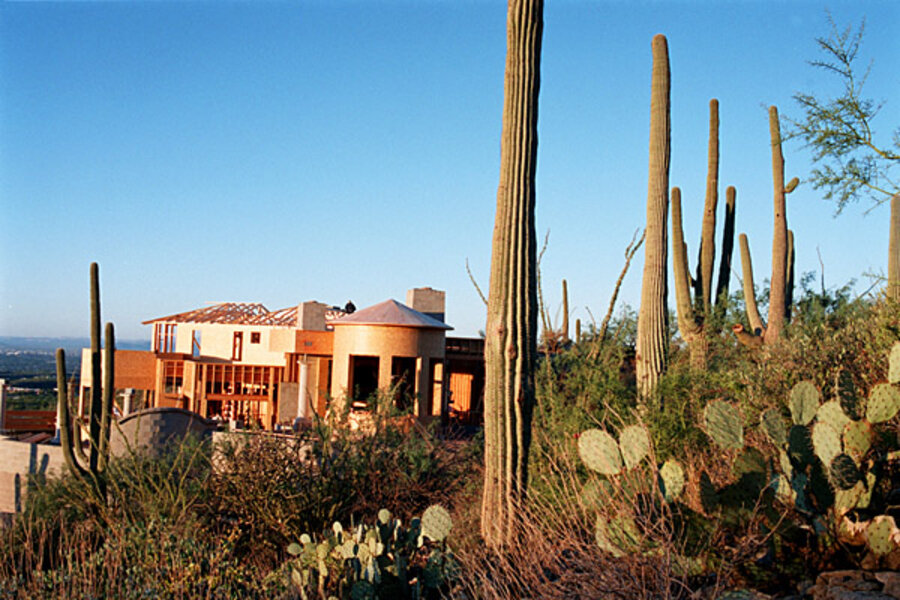Total housing units: 438,892
Single-family flips: 1,071
Average pre-flip purchase price: $117,337
Average flipped price: $156,685
Like Arizona on the whole, Tucson’s market was left in shambles after the housing bust. One in 4 homes in Arizona are currently underwater, making its metros ideal for investors to snap up real estate for rentals and resale. Prices are rising, but they are still quite low: The median home price for the Tucson area is $172,000.
Two factors make a market prime for flippers. The first is rapid price appreciation, currently being seen in cities in Arizona, Nevada, and parts of California with housing markets that have nowhere to go but up. The second is a high number of foreclosed properties, which seasoned real estate investors can buy outright at auctions and flip for big profits. Tucson, for instance, also ranked ninth on RaltyTrac’s list of the best cities to buy foreclosure homes.
When it comes to flip markets, two states dominate the others. 11 of the metros on RealtyTrac’s top 25 list were in California. But Florida dominated the top 10, boasting five of the top 10 metros for flippers.








